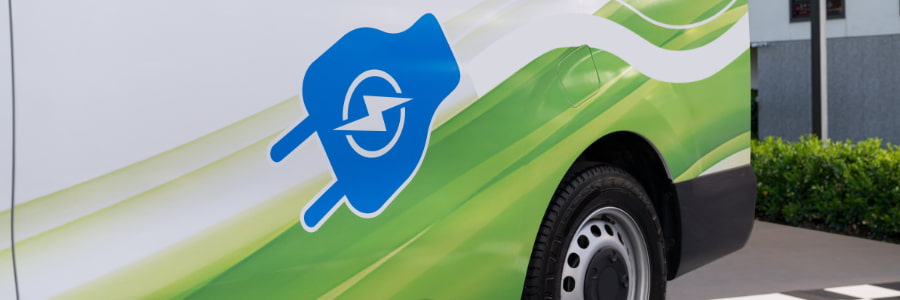Electric vehicles (EVs) and holiday homes can be a perfect match with the right approach, knowledge and equipment.
One issue is that not all holiday homes have a charge box.
EV owners should make sure they are well prepared if the summer holidays involve a holiday home.
In this guide, we present answers to common questions EV owners will have about holiday homes, EVs, and charging.

In short, the most important thing is whether there is access to a charge box. While it is still a rarity, the number of holiday homes with a charge box is on the rise.
Holiday home leasing agents, especially the larger organisations, have introduced search functions that enable you to limit your search to holiday homes with a charge box. However, you need to be aware of what is meant by a charge box.
Terms such as “charging plug for electric car” do not necessarily mean that there is a charge box on the premises.
In addition, prices for using a charge box can fluctuate greatly depending on whether the box is set up privately or through a service provider. Contacting the leasing agent for additional information is advisable.

One of the biggest challenges is no charge box at the holiday home. You may be tempted to plug your emergency charger (also known as the granny cable) into a standard socket.
It takes some time, but the result is a charged EV.
However, you should be aware that it can be dangerous if you do not know the home’s electrical installations. So, it is certainly not something we recommend other than in emergencies.

The problem is that most holiday homes’ electric installations are not geared for safe EV charging. If you are renting the holiday home, you likely do not know the details of the electric installations.
Over time, using the emergency charger can damage the installations due to the heat generated. The wires can reach temperatures that lead to a risk of melting. The temperatures can potentially damage other parts of the house as well.

Our advice is to briefly charge via the emergency cable. It is recommended to do so at a time when you are using as little power as possible elsewhere in the building. Charge the EV to a level where you can get to the nearest public charge point and fully charge it there.
If you do not know the local area, solutions like Google Maps or Chargemap can help you identify the closest charge stations.

First of all, you should be happy that charging the EV is not going to be a major issue during the holiday.
You may also want to study the small print. For example, check whether payment for charging is made at the end of the lease period as part of the settlement for total power consumption or separately. Also, look at whether you need an app or a charging chip to unlock the charging box with, and whether there are flexible electricity prices during the day at the holiday home.
If the latter is the case, you can use the True Energy app to see when it is cheapest to charge. Remember that the prices can vary depending on where in a given country you are.
Is your EV summer holiday heading somewhere else? Read our ten tips for an EV summer holiday road trip.